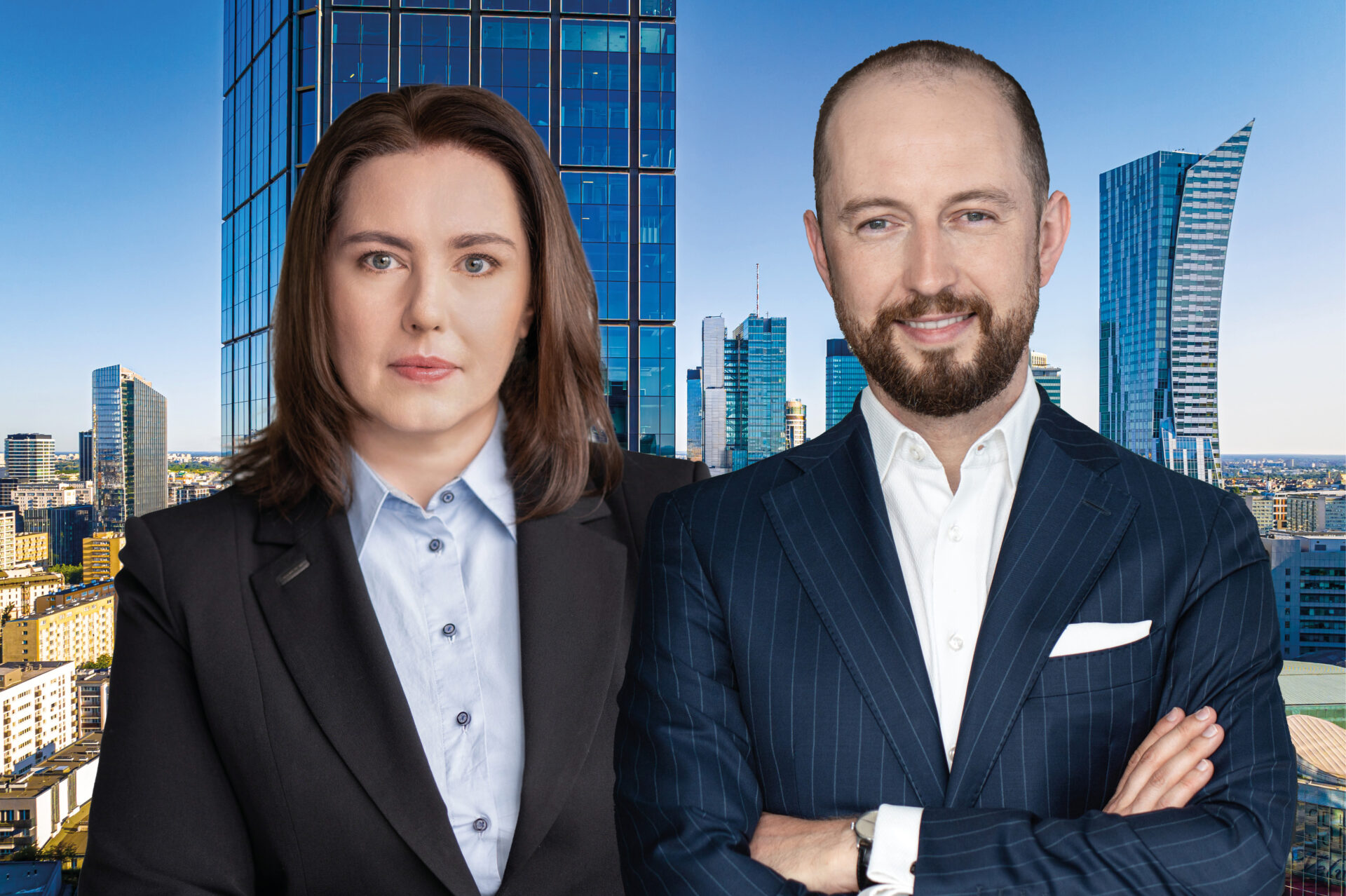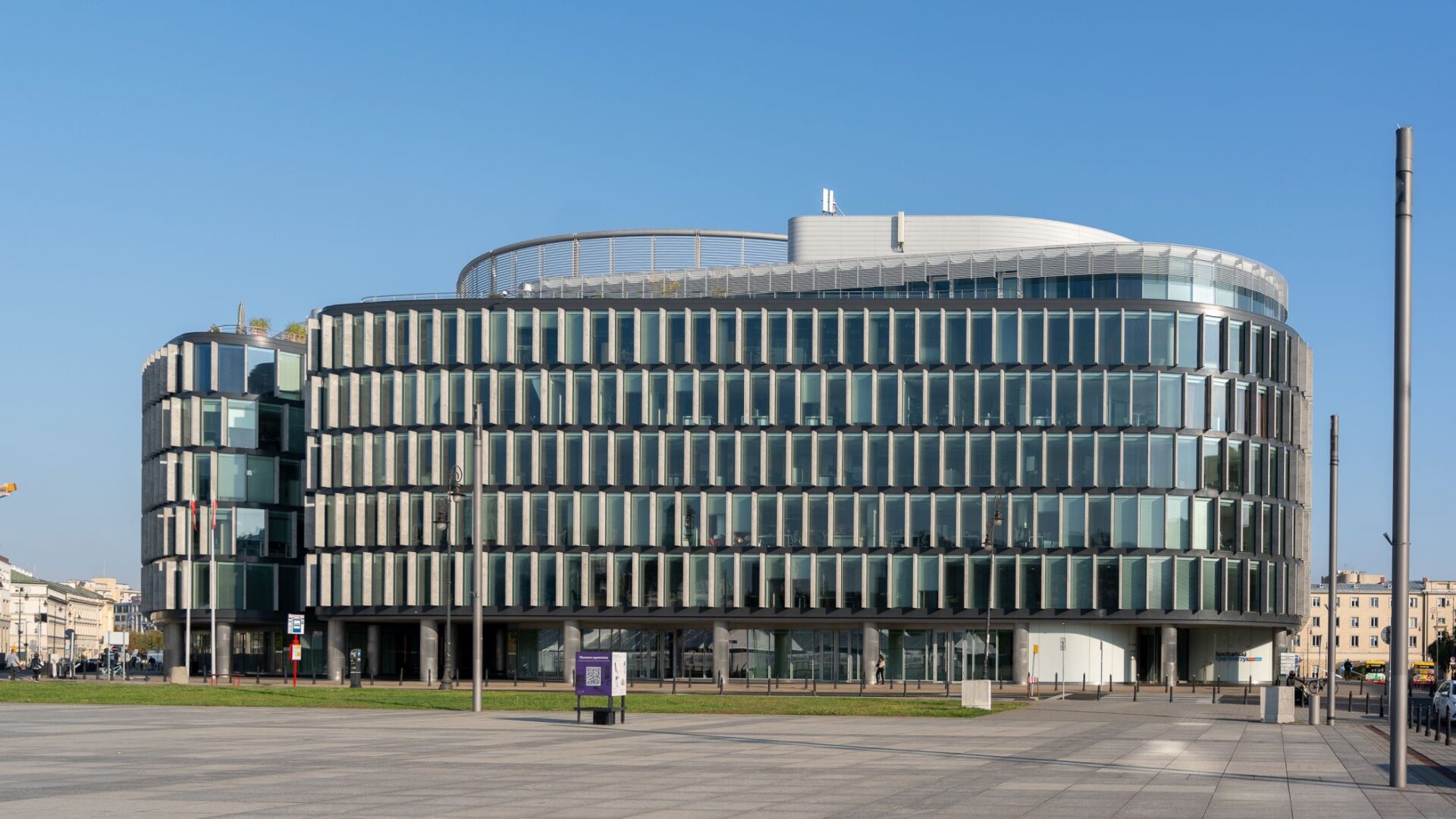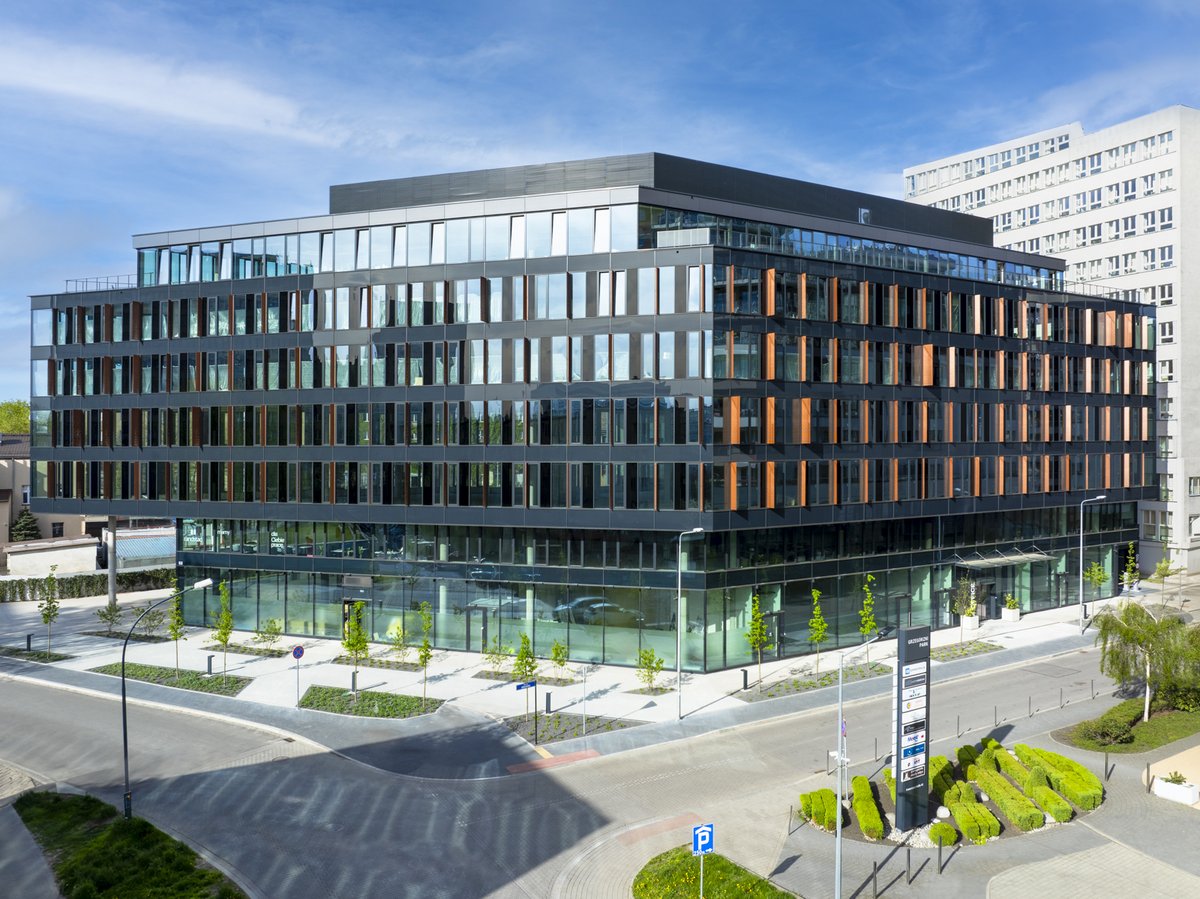Returning occupier confidence and improving office take-up will drive rental growth across EMEA in 2014, according to new research by CBRE.
CBRE’s analysis shows that aggregate office take-up across Europe increased by 9.6 percent in Q4 of 2013, as improving economic sentiment in a number of European markets alleviated occupier caution. Take-up in Central London totalled 365,000 sqm in Q4, representing a 9 percent increase quarter-on-quarter, capping a 39 percent rise year-on-year. The increase in leasing activity led the City of London market to experience its first rental growth since 2010, with prime rents increasing by 4.5 percent in Q4.
There was also a marked improvement in Dublin and Madrid, two of the markets most severely affected by the eurozone debt crisis. In Dublin, take-up increased by 47 percent in Q4, and 24 percent year-on-year, buoyed in large part by demand from the Technology, Media and Telecommunications sector. As a result, prime office rents in Dublin increased significantly, with a 17 percent rise recorded in Q4, and 27 percent over the course of 2013. In Madrid, a strong recovery in demand is evident, with take-up in Q4 more than double that in Q3, and take-up in 2013 120 percent greater than that recorded in 2012. In CEE, Warsaw recorded its highest ever-annual take-up at 457,000 sqm with demand focused on the city centre and surrounding areas, while Moscow saw annual take-up increase by 4 percent on 2012.
While CBRE forecasts a recovery across EMEA’s key office markets, the variable pace of economic recovery means growth in prime rents and take-up will be uneven. CBRE reports that over the course of 2013 prime rents in a number of markets reached a trough from which they will increase in 2014. These include Milan and Madrid, where take-up in both markets exceeded 100,000 sqm in Q4, one of the highest levels recorded in recent years. A buoyant manufacturing and energy sector in Milan accounted for 32 percent of such take-up in Q4, in line with the volume recorded over the full year.
Meanwhile, a handful of office markets remain subdued as a result of ongoing economic uncertainty. For example, take-up in Paris declined 16 percent in Q4 quarter on quarter, leaving annual take-up in the city at the lowest level for ten years, yet rents have remained relatively stable declining less than 4 percent over that period.
Richard Holberton, Head of EMEA Research, CBRE, said: “The overall picture is a positive one, with the economic uncertainty that constrained occupiers for the past two years beginning to dissipate evidenced by increased corporate confidence to lease and acquire space. This has resulted in increased take-up levels putting upward pressure on rents in a number of markets. While we expect more widespread rental growth across EMEA in 2014, the recovery will be uneven. Some markets are just entering the recovery phase, while others – including Central London – are experiencing rapid growth with others edging towards plateau.”
Mark Caskey, Head of Global Corporate Services, EMEA said: “The improving economic outlook has significant implications for corporate occupiers. On the one hand it means that corporates can begin to implement expansion plans that have largely been on hold over the past few years, but equally, for those with a large footprint across EMEA rising rental values increases the need to manage costs. Many occupiers have ‘locked in’ rents at the bottom of the cycle and we would expect many more to do the same over the course of this year.”
Elena Denisova, Director, Head of Office Agency in CBRE, Russia, said: “Growing take-up in European office markets is more evidence of a steady recovery of the eurozone’s economy after the world economic crisis. In Russia rental rates are expected to remain under downward pressure from decreasing rates of growth in economic indicators and relatively large new delivery of 2014. In this situation we might see demand shifting to cheaper quality office renting opportunities and more flexible landlord strategies when discussing commercial terms.”






